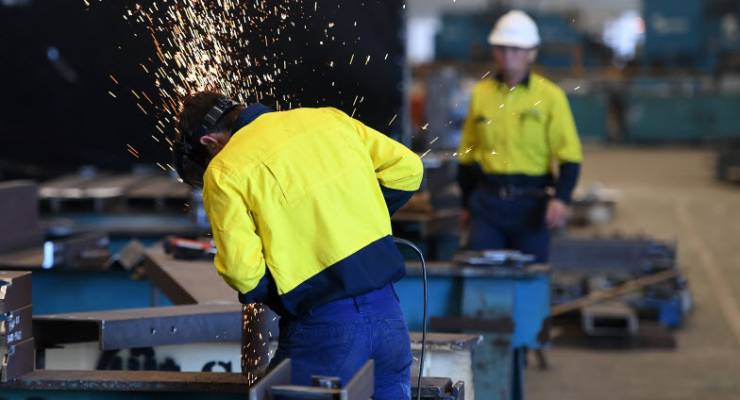
The CFMEU is a rogue union that drives up the cost of major construction projects, right? Sure it is. Just ask Malcolm Turnbull. “The CFMEU has been able to use its leverage, based on its ability to defy the law, to raise the cost of construction across Australia,” the Prime Minister said last year. By how much? Employer group Master Builders Queensland commissioned Access Economics to find that having unionised construction sites cost up to 30% extra. Master Builders Victoria used Access Economics to find that the CFMEU increased costs by 5-15%. Employment Minister Michaelia “Chuckles” Cash used the 30% figure to back the case for the restoration of the Howard government’s Stasi-like Australian Building and Construction Commission.
So, we’re all agreed, construction costs must have gone off like a rocket in the long, dark years after 2010 when there was no ABCC worth the name. Right?
Enter international firm Turner and Townsend, a construction and project management firm based in the UK, which looked at what the major costs of constructing and operating a major building project are in Australia and how they’ve changed in recent years. The firm doesn’t have any particular interest in industrial relations, the CFMEU, or the Turnbull government — it was merely focused on working out what property and building managers should be aware of when budgeting projects. And according to Turner and Townsend, construction costs for non-residential buildings — the main sector where the CFMEU is active — have increased a whopping 16% in the last decade!
[CFMEU busted for … doing its job]
Except, well, that’s not so whopping, because that’s the nominal increase. In the same period, CPI rose 28%. So non-residential construction costs fell in real terms by 9%. Which makes that Access Economics report out by a small factor of around 40 percentage points.
Turner and Townsend says the real concern for building managers are the cost of services like utilities and rates, which have surged well ahead of CPI over the last decade. Although, we’d venture to suggest, the expertise of a major international firm wasn’t necessary to tell us the cost of power has gone up much faster than inflation over the last 10 years.
[Remember when the CBA boss lectured unions about leadership best practice?]
It’s not the only report, either. Last year, BIS Shrapnel examined engineering construction costs and found that growth had plunged dramatically in recent years, particularly as the mining investment boom had cooled off. Indeed, BIS Shrapnel said cost indices understated how much construction cost growth had stalled — backing the Turner and Townsend finding that construction costs have fallen in real terms. “Indeed,” said BIS Shrapnel, “anecdotal evidence suggests that costs have actually fallen significantly for major construction projects… For governments, this means that right now is probably the best time in more than a decade to deliver infrastructure projects.”
For that matter, there’s also the McKinsey report earlier this year that showed — contrary to years of claims from the Business Council of Australia — that the Australian construction sector had a strong productivity record compared to other countries. Indeed, it was one of the world’s best.
As evil thugs who are driving up the cost of major construction projects, the CFMEU have been lamentable failures for years. Or, perhaps, Malcolm Turnbull, and Michaelia Cash, and the Master Builders’ Association and Access Economics owe all of us an apology for peddle such obvious bullshit.








Why doesn’t the mainstream media at least pick up on these kind of stories sourced from publications like Crikey? Why do they simply print whatever falls from the government’s mouth?
Next time I hear that the Internet is killing journalism I shall scream. Bad journalism is killing journalism.
Put me down as plus 100%. With a small handful of exceptions Bernard Keane a few other Crikey staff and David Maher being the few that come to mind. The rest out there in MSM are not journalist. Titles such as churnalists, stenographers, typists, Typhoid Mary opinionists like Paul Kelly are the more apt. As for Andrew Blot, well what title could you give him? Some unkind person using freedom of speech would say a Colostomy Bag; …full of shit.
“Ergo sum ego mentior.”
Fake news from the usual suspects, Bernard!
Keep up the good work CFMEU!!
Good piece Bernard .If the Coalition were a tenth as interested in corporate malfeasance and tax dodging as they are in union bashing we would not have the ballooning deficit.